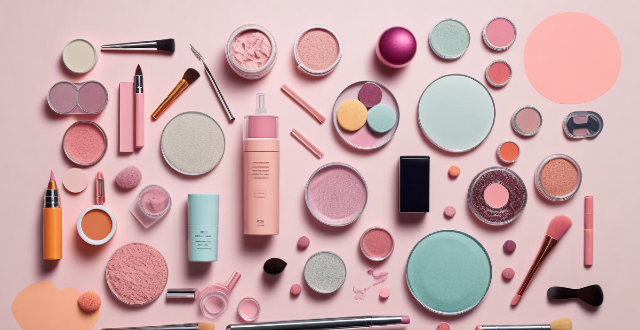Limited edition makeup products often come with a higher price point due to various factors like increased production costs, marketing strategies, and retail practices. However, there are instances where prices remain comparable to regular items. The decision to purchase these products depends largely on individual preferences and perceptions of value related to exclusivity and uniqueness.

Are Limited Edition Makeup Products More Expensive Than Regular Ones?
Makeup enthusiasts often find themselves drawn to the allure of limited edition products, which promise unique shades, special packaging, or innovative formulas that aren't available year-round. However, these items also come with a question: Are they more expensive than their regular counterparts? Let's dive into this topic with a detailed analysis.
The Appeal of Limited Edition Items
Before we discuss pricing, it's important to understand what makes limited edition makeup so captivating:
- Exclusive Shades/Formulas: Often, these products offer colors or textures not found in regular lines.
- Special Packaging: The packaging can be collector-worthy, featuring unique designs or collaborations with artists or brands.
- Limited Availability: The scarcity factor adds a sense of urgency and exclusivity.
Factors Influencing Price
Several factors contribute to the price of limited edition makeup products:
Manufacturing Costs
- Special Ingredients: Novel formulas might require more expensive ingredients.
- Packaging Design: Custom packaging can significantly increase production costs.
- Lower Production Volumes: Producing smaller batches can result in higher unit costs.
Marketing and Promotion
- Advertising: High-profile campaigns can drive up marketing expenses.
- Collaborations: Partnering with celebrities or influencers can add to the cost.
Retailer Markups
- Exclusive Distribution: Some products are sold at premium retailers, which may charge more.
- Import Fees: International collaborations could mean additional tariffs for consumers.
Comparing Prices
Now, let's examine how limited edition makeup products fare when compared to regular ones:
Higher Price Points
- Increased Costs Reflected in Pricing: As mentioned, the elevated manufacturing and marketing costs are often passed on to consumers.
- Scarcity Value: The limited availability can justify a higher price in the minds of both brands and consumers.
Similar or Lower Price Points
- Brand Strategy: Some brands maintain consistent pricing across their product range to avoid alienating customers.
- Promotional Offerings: Occasionally, limited editions are used as promotional items and might be priced similarly to regular products.
Consumer Perception and Value
Ultimately, whether a limited edition makeup product is "worth" the extra cost is subjective:
- Collectors: For those who collect makeup, the value lies in the rarity and aesthetic appeal.
- Enthusiasts: Beauty enthusiasts might see the uniqueness as justification for a higher price tag.
- Casual Users: Those who prefer functionality over novelty might not find the added cost worthwhile.
Conclusion
In conclusion, while limited edition makeup products often come with a higher price point due to various factors like increased production costs, marketing strategies, and retail practices, there are instances where prices remain comparable to regular items. The decision to purchase these products depends largely on individual preferences and perceptions of value related to exclusivity and uniqueness.